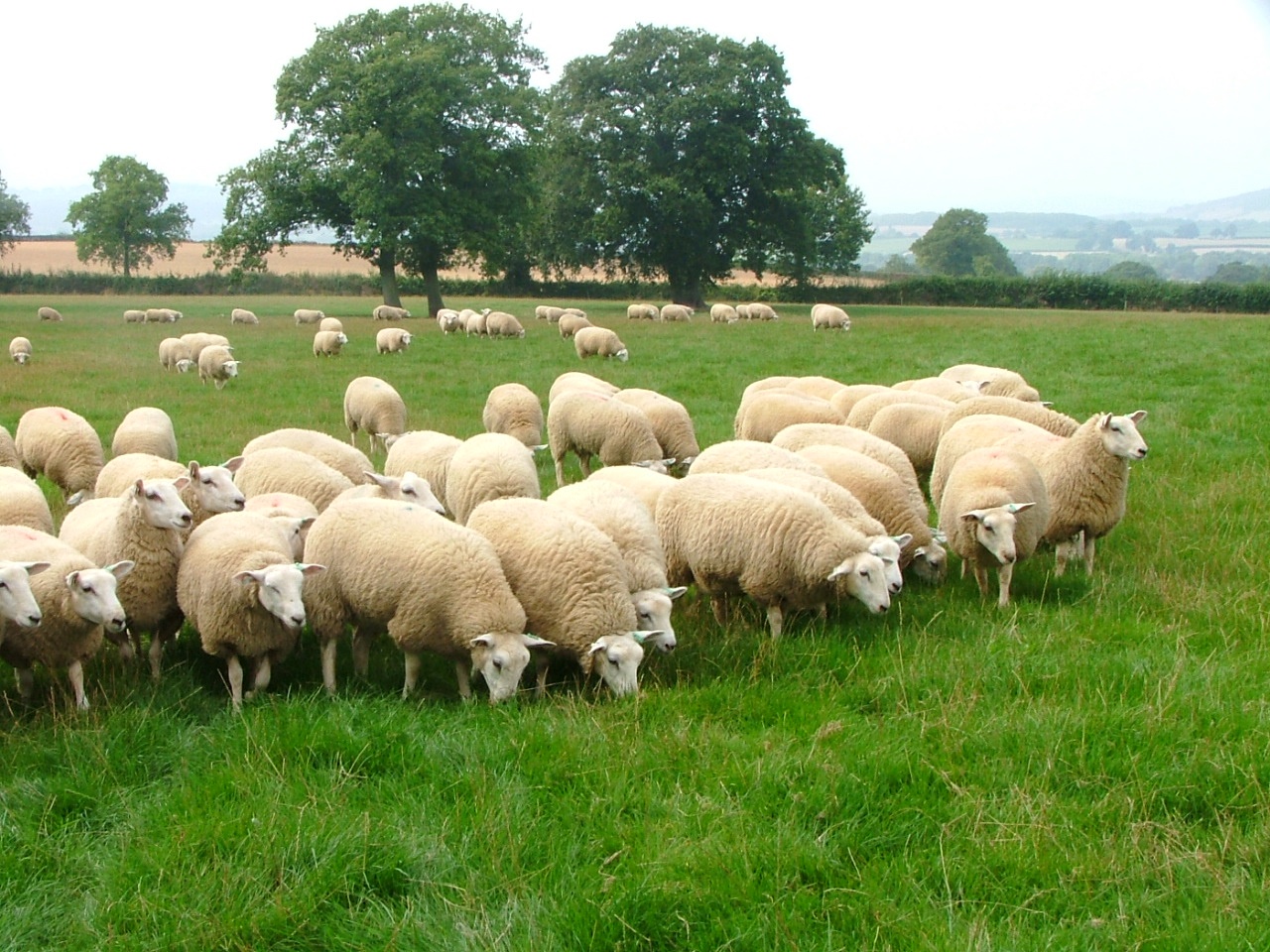- Home
- Knowledge library
- Managing ewe lambs at mating
Managing ewe lambs at mating
Management of ewe lambs before tupping should maximise the chances of them becoming in-lamb without negatively affecting their development.
Oestrus in ewe lambs
In sheep, the time, onset and duration of the breeding season are affected by day length. The presence of the hormone melatonin means that sheep become more fertile as the days get shorter. In ewe lambs puberty is influenced by breed and cross, age, body weight and the time of year.
Weight gain and nutritional flushing
Heavy feeding of very young female sheep (younger than five months old) can reduce mammary gland development and subsequent milk yield, so is not advised.

Litter size can be increased by flushing female sheep to a rising level of food intake and weight gain as they go into the mating season. The probability of multiple births also increases as ewe lambs gain more weight from weaning to mating.
Shearing pre-tupping can decrease the barren rate and increase the percentage of ewe lambs giving birth to twins. This may be associated with increased embryo survival as a result of alleviating mild heat stress; however, it is not ideal for ewe lambs to rear twins.
Aim for 250 g/day growth for the first two months after the rams are introduced, until six weeks post-tupping.
Tupping period - teasers, cycles
The fertility and prolificacy rates of ewe lambs are lower than those of adult ewes. This is because ewe lambs have lower ovulation rates and higher embryo mortality. Progesterone concentration is lower in lambs than in adult ewes, so pregnancy rates (although similar to ewes at 15 days post-mating) can be significantly lower by day 30.
Desirable litter size
Ideally, ewe lambs should rear one lamb. Scanning multiple lambs is inevitable, but making the decision to remove a lamb and allow a ewe lamb to rear only one is advised. Practical considerations include timing of lambing and the management of the lambs when removed (if unable to foster).
Explore the rest of the series
Topics:
Sectors:
Tags:






